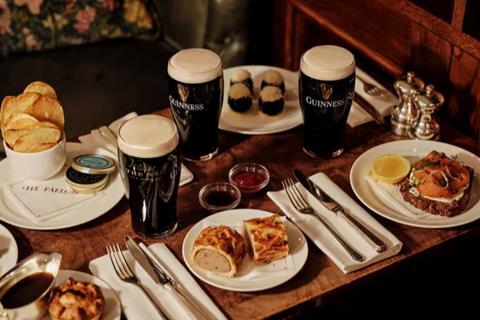
Diageo is weighing up substantial portfolio changes as part of its efforts to deliver additional free cashflow to the business.
In a trading update on Monday (19 May), the London-listed company pledged to deliver around $3bn in free cashflow per year from fiscal 2026, supported by a $500m cost-saving programme over the next three years.
Speaking to investors, CFO Nik Jhangiani confirmed major brands could be sold as Diageo sought to generate additional funds.
The portfolio shake-up would go “above and beyond” smaller-scale disposals seen in recent years, he revealed.
“Through our reviews that we’ve been doing internally and with the board, we see opportunities for what I would call substantial changes versus portfolio trimming,” he said. “I can’t say much more than that but clearly it is going to be above and beyond the usual smaller brand disposals that you’ve seen over the last few years.”
Substantial disposals could also lead Diageo to update its free cashflow guidance further, Jhangiani added.
His comments are likely to increase speculation that some of Diageo’s biggest brands could be sold as part of a major shake-up of the business.
In January, the company was moved to deny that Guinness was up for sale after a Bloomberg report claimed the stout could be sold or spun off.
A Guinness sale could fetch Diageo upwards of $10bn (£8bn), Bloomberg reported at the time.
Other brands Diageo has been linked with selling in recent years include Cîroc and Pimm’s. Last month, Diageo traded the rights to Cîroc in North America for a majority share of LeBron James’ Lobos 1707 tequila and mezcal brand. It has also offloaded smaller brands including Cacique, Pampero and Safari liqueur.
“It’s interesting to see Diageo flag potential disposals over the coming years,” said Russ Mould, investment director at AJ Bell. “We might finally see a sale of Guinness and other beer brands so that Diageo is purely focused on spirits. That would make a lot of strategic sense as it could greatly improve group profit margins, meaning the business might trade on a higher multiple of earnings.”
Other measures Diageo would take to meet cost-saving goals included reducing trade investment and A&P spend, trimming overheads and improving efficiency in its supply chain, Jhangiani said.
“We want to think about our operating framework and model choices to really leverage our scale and continue to build a much more agile and resilient [business], but then drive efficiency and effectiveness of how we do things.”
Sales at Diageo rose 5.9% organically in the three months to 31 March, with growth in North America and LATAM offset by softness in Europe.
The Johnnie Walker owner reiterated its guidance of a slight decline in in organic operating profit in the second half of fiscal 25, driven by the impact of tariffs.



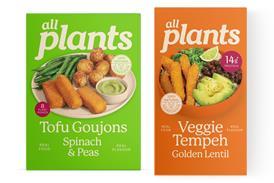
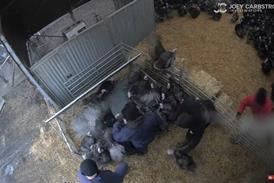
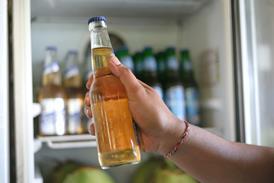

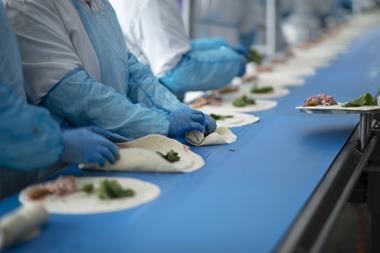




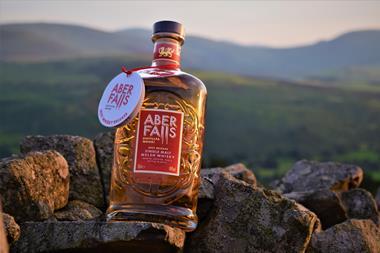


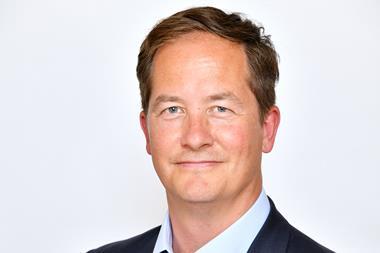
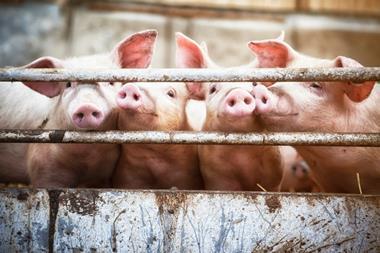
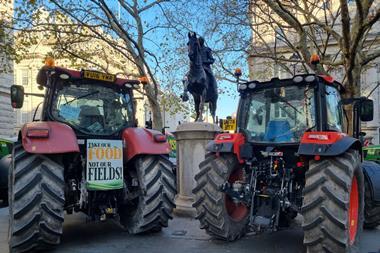
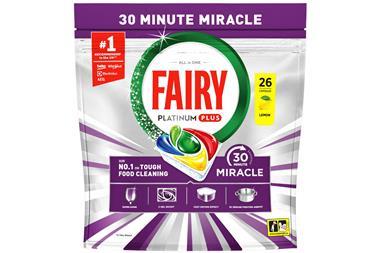
No comments yet